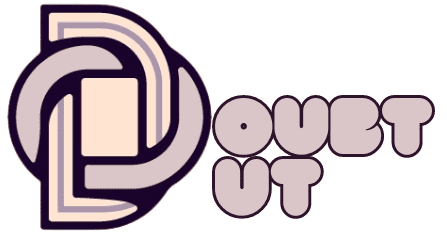1. How is food security ensured in India? Answer: To ensure the availability of food to all sections of society, the Indian government carefully designed a food security system, which is composed of two components: (a) buffer stock and (b) …
1. Describe how the poverty line is estimated in India. Answer: A person is considered poor if their income or consumption level falls below a given “minimum level” necessary to fulfil basic needs. This minimum level is called the poverty …
1. What do you understand by ‘people as a resource’? Answer: ‘People as a resource’ is a term that means how the population can be an asset and not a liability. It is a way of referring to the working …
1. Every village in India is surveyed once in ten years during the Census and some of the details are presented in the following format. Fill up the following based on information on Palampur. Cultivated Land Land not available for …
Nomads are people who do not live in one place but move from one area to another to earn a living. In modern times, we still come across nomads and nomadic communities around the world who have no permanent houses. …
Under Forest Transformations in Java in Chapter 4 of NCERT Solutions for Class 9 History, students will study the following:1. The Woodcutters of Java2. Dutch Scientific Forestry3. Samin’s Challenge4. War and Deforestation5. New Developments in Forestry Q.1 Discuss how the …
President of the Weimar Republic Paul Von Hindenburg made Hitler the chancellor of Germany. Shortly after, a mysterious fire broke out in the Reichstag, the parliament building of Germany. Blaming the act of arson on communists and other ‘enemy of …
Chapter 1 of the NCERT Social Science History textbook – Indian and the Contemporary World is titled ‘ Socialism in Europe and the Russian Revolution.’ Some of the important political traditions of the nineteenth century and how they influenced change in European …
1. Describe the circumstances leading to the outbreak of revolutionary protest in France. Answer: When King Louis XVI was anointed as the new king, he found an empty treasury. Long years of war had drained the financial resources of France. …
Chapter 6 – of NCERT Geography Class 9 discusses the importance of the human population in terms of growth and development. The population is a pivotal element in Social Studies. It is the point of reference from which all other …
Our country India is one of the 12 mega biodiversity countries of the world. With about 47,000 plant species, India occupies the tenth place in the world and fourth in Asia in plant diversity. The diverse wildlife and natural vegetation …
The climatic conditions of an area decide the livelihood of people belonging to that particular area. Climate refers to the total of weather conditions and variations over a large area for a long period (more than thirty years). Weather refers …
The term drainage describes the river system of an area. The area drained by a single river basin is called a drainage basin. Chapter 3 Drainage of NCERT Class 9 Geography books – ‘Contemporary India I’ deals with the drainage system of …
1. Choose the right answer from the four alternatives given below. (i) A landmass bounded by the sea on three sides is referred to as (a) Coast (b) Island (c) Peninsula (d) None of the above Answer: (c) (ii) Mountain ranges …
1. Choose the right answer from the four alternatives given below. (i) The Tropic of Cancer does not pass through (a) Rajasthan (b) Odisha (c) Chhattisgarh (d) Tripura (ii) The easternmost longitude of India is (a) 97° 25′ E (b) …
One by one, the fundamental rights in the Indian Constitution are introduced to the students. Next, students will learn how these rights can be utilised by ordinary citizens. They will also learn how the scope of rights has been expanding. …
















